
Jicama is a legume typically found in areas of Mexico and Central and South America, and it is grown primarily for its edible root. There are two basic varieties, those with clear juice and those with milky juice. Both have a mild flavor and are eaten raw or cooked. Sometimes very young seedpods of the plant are eaten, but the more mature seeds are extremely toxic in nature and thus not eaten. The raw form somewhat resembles fruit more common to us, such as pears or apples, the only difference being that it cannot be eaten before all the skin is pealed. On the other hand, the cooked form gains proper taste when combined with other ingredients and thus makes a superb dish supplement.
Another area that is of great interest to people who have never had the chance to come across this plant is its composition and general nutritional characteristics. Having that in mind, the first thing that needs to be emphasized is that Jicama is absolutely packed with various vitamins, and as for other substances, it is also rich in iron, potassium, calcium and, what may be important to a lot of people, low in sodium. In addition, it is calorie and fat-free, which is why it an excellent ingredient for many healthy dishes. In fact, one portion/cup of this plant contains 46 calories, 0.86 g of proteins, 10.6 g of carbohydrates, and 0.11 g of fat, which makes it probably one of the healthiest plants there is. From the nutritional standpoint, and given the fact that jicama has extremely high nutritional value and low calorie and fat value, this makes it one of the richest nutritional sources.
Since being so “poor” in fat and calories, it can be concluded that it is an extremely useful tool in controlling the high cholesterol levels and in lowering the risk of heart-related problems and diseases. Also, given the fact that it is so rich in vitamin C, it has the potential to act as a strong antioxidant and anti inflammatory instrument. When it comes to strengthening of our inner organs and other vital constituents, it should be noted that this plant is extremely favorable in giving that additional strength to capillary structures and therefore decreasing the risk of their damage.
Taking all into consideration, this plant is an extremely good “tool” to be used for metabolism and immune system strengthening and boosting. One warning though, when visiting the market ,make sure to buy only jicama whose roots are firm and dry, and skinned smoothly, since those which have larger roots might not be so rich in taste.


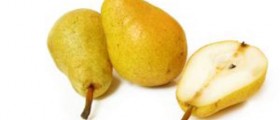
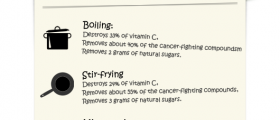

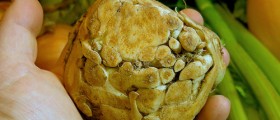
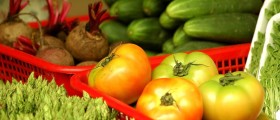
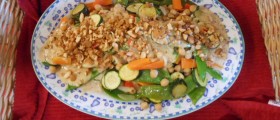
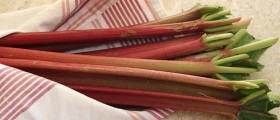
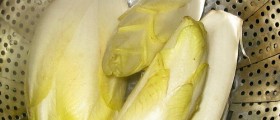
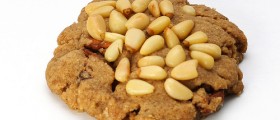
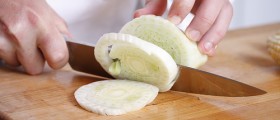

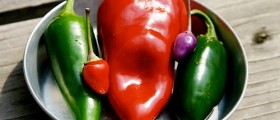

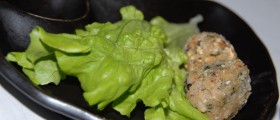

Your thoughts on this
Loading...